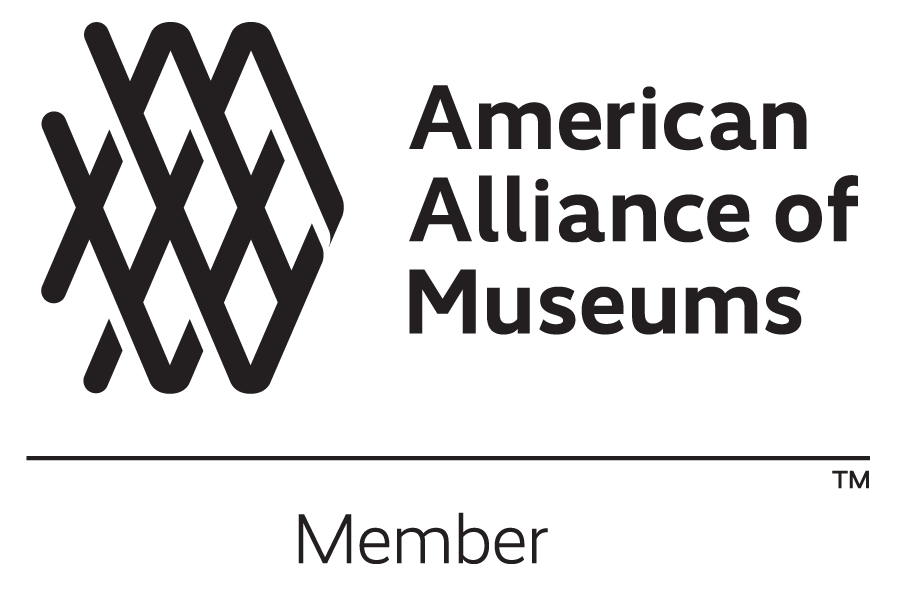William H. Mersereau, Architect
by Mary Tsaltas-Ottomanelli and Jack Campbell
Mary Tsaltas-Ottomanelli and Jack Campbell explore the life and work of William H. Mersereau, the architect who completed the early 20th century restoration of Fraunces Tavern.
Early Life and Career
William H. Mersereau was born on March 22, 1862, on Staten Island, New York. As a child, he attended the Methfessel Institute in Stapleton, Staten Island, an exclusive boarding and day school for boys and girls. In 1878, at the age of 16, he joined the office of architect Ebenezer L. Roberts in New York City as an apprentice, where he received much of his formal training. Roberts was known as “the builder of more churches than any one person in the United States.”[1]
At the time, the Massachusetts Institute of Technology offered the only formal architecture program in the United States. In the late 1870s, founder William Robert Ware hosted lectures at Columbia University, which Mersereau attended. Mersereau designed multiple projects for the next decade ranging from office buildings to residential homes. In 1887, he established his firm and partnered with John A. Hamilton at 39 Broadway. One of their most significant projects was alterations to the Charlotte Garbe House in Staten Island's Stapleton Heights Historic District.
Prominent Architectural and Preservation Work
In 1895, Mersereau opened his own practice located at nearby 32 Broadway. He began focusing on architectural projects that required restoration and preservation work by this time. One of his first notable commissioned works was for the Washington Irving Cottage at the Irving-on-the-Hudson in Sunnyside, New York. In 1897, Mersereau was commissioned for some renovations, including adding a wing to the side of the house.
Shortly after, he was hired to work on the Old Dutch Church at Sleepy Hollow in Tarrytown, New York. The church was founded in 1685 and is associated with Washington's Irving's The Legend of Sleepy Hollow. In 1897, Mersereau was appointed to lead preservation work on the church ahead of its 200th anniversary celebrations. Church records note the work included “a ceiling of quartered oak corresponding to the one which was originally in the church, traces of which remained behind the later plaster ceiling, was put in place; the beams which once crossed from wall to wall, and which had been removed, were restored; and a pulpit which was as nearly as possible a counterpart of the first one, was set up.”[2]
Mersereau also worked on churches outside of the New York area. In the 1890’s, he was hired alongside Brooklyn firm Ferguson and Brown to work on the Old Swedish Church in Wilmington, Delaware. Their work “returned the gallery stairs to the south porch and added the iron gates there, rebuilt the belfry, recreated the box pews based on those in the gallery, and returned the pulpit to the north wall where it had stood until moved to the east end in 1793.”[3] Today, the church is part of the Old Swedes Historic Site, which still holds religious services and public programming and is a National Historic Landmark.
In 1901, Mersereau was commissioned to design a new hyphen (a connecting link between two larger building elements) at the Westover House in James River, Virginia. The 18th-century colonial manor built by William Byrd II, founder of Richmond, Virginia, is one of America's premier examples of Georgian architecture. In 1899, Clarise Sears Ramsey, a Byrd descendant, modernized the house, adding hyphens to connect the main house to create one long building.
Staten Island Community Leader
Mersereau was an active member of the Staten Island community throughout his life. He was a member of St. Andrew’s Church in Richmondtown, Staten Island, serving as a clerk on the church’s vestry for over thirty years. He also married the Reverend’s daughter, Elizabeth Yocom, on June 16, 1851. The couple had three children: Thomas, Elizabeth, and Mary. They were all born and raised on Staten Island.
In 1891, Mersereau was hired to design the St. Andrew’s Parish House. After a devastating fire in 1872, the church commissioned Mersereau to preserve the original stone foundations and some pieces of the exterior walls and reconstruct a new church. The church that stands today bears little resemblance to the original structure.
Engraving of the New Richmond County Jail designed by William H. Mersereau, The Tammany Times, Volume XXIII, No. 14, August 6, 1904.
In 1909, Mersereau was hired to remodel Christ Church Complex on Staten Island, a two-story rectory build in 1879. He rotated the rectory 90 degrees to face the church, extended the building with a porch, and updated the façade with stucco.
Although Mersereau’s career as an architect mostly involved working with old buildings, he was commissioned to design the new Richmond County Jail on Staten Island in 1904. According to the May 1904 City Record, Mersereau submitted a new budget after required changes, like doubling the size of each cell. The jail operated until 1951 and demolished by the city in 1959.
Restoring Fraunces Tavern
The Restoration of 54 Pearl Street, 1906.
On October 20, 1905, Sons of the Revolution in the State of New York hired Mersereau to lead the restoration of 54 Pearl Street. By this time, Mersereau was an established architect in the country's restoration and preservation of historic landmarks. Taking nearly three years to complete, Mersereau worked tirelessly to restore the structure to its Colonial Era appearance. Using the most modern techniques, Mersereau successfully completed one of the largest historic preservation projects in the nation.
The Mersereau Spy Ring
Aside from architecture, Mersereau was dedicated to preserving the history of one of the oldest families in New York. William is a direct descendant of Daniel Mersereau, a French Huguenot who fled to England in 1685 before leaving for the British colonies when in 1688. Family lore says the family was initially bound for the religiously tolerant Philadelphia, but a storm forced their ship to dock on Staten Island, where they remained.
During the Revolutionary War, Joshua and his sons Joshua Jr. and John Mersereau were leaders of the Mersereau spy ring that operated in New York and New Jersey almost immediately after New York fell to the British in the summer of 1776. Joshua Mersereau served as the deputy commissary of prisoners from 1776 to 1786 and regularly supplied Washington with intelligence. The ring is most connected to their involvement in preventing the British from advancing across the Delaware River in November 1776. After retreating after the fall of Fort Washington and Lee, Joshua Jr. and Jacob noticed British boats hidden along the New Jersey side of the river and began to remove them.
Mersereau himself was a member of SRNY, where membership is traced to their ancestor’s Patriot contributions during the Revolutionary War.
Mersereau continued to work as an architect until his retirement in 1922. Although no portrait of Mersereau survives, many of the structures he's restored have received National Landmarked status. He was a leading architect in the field, and a member of the Architectural League, and American Institute of Architects, and the Staten Island Institute of Arts and Sciences. Mersereau died on October 15th, 1933, after a prolonged illness. He was buried in St. Andrew’s Church on Staten Island.
Bibliography
De Vinne Press. (1898). Two Hundredth Anniversary of the Old Dutch Church of Sleepy Hollow, October 10 and October 11, 1897.
The Science Press Printing Co. (1927). William Howard Mersereau. In Staten Island and Its People (Vol. IV). essay.
W. Barksdale Maynard, "Old Swedes Church (Holy Trinity)", [Wilmington, Delaware], SAH Archipedia, eds. Gabrielle Esperdy and Karen Kingsley, Charlottesville: UVaP, 2012—, http://sah-archipedia.org/buildings/DE-01-WL3
W.H. Mersereau, Architect, Dies, 71. (1933, October 16). New York Times.
Footnotes
[1] William Howard Mersereau. In Staten Island and Its People (Vol. IV)
[2] Two Hundredth Anniversary of the Old Dutch Church of Sleepy Hollow. pg. 6
[3] Old Swedes Church (Holy Trinity)










